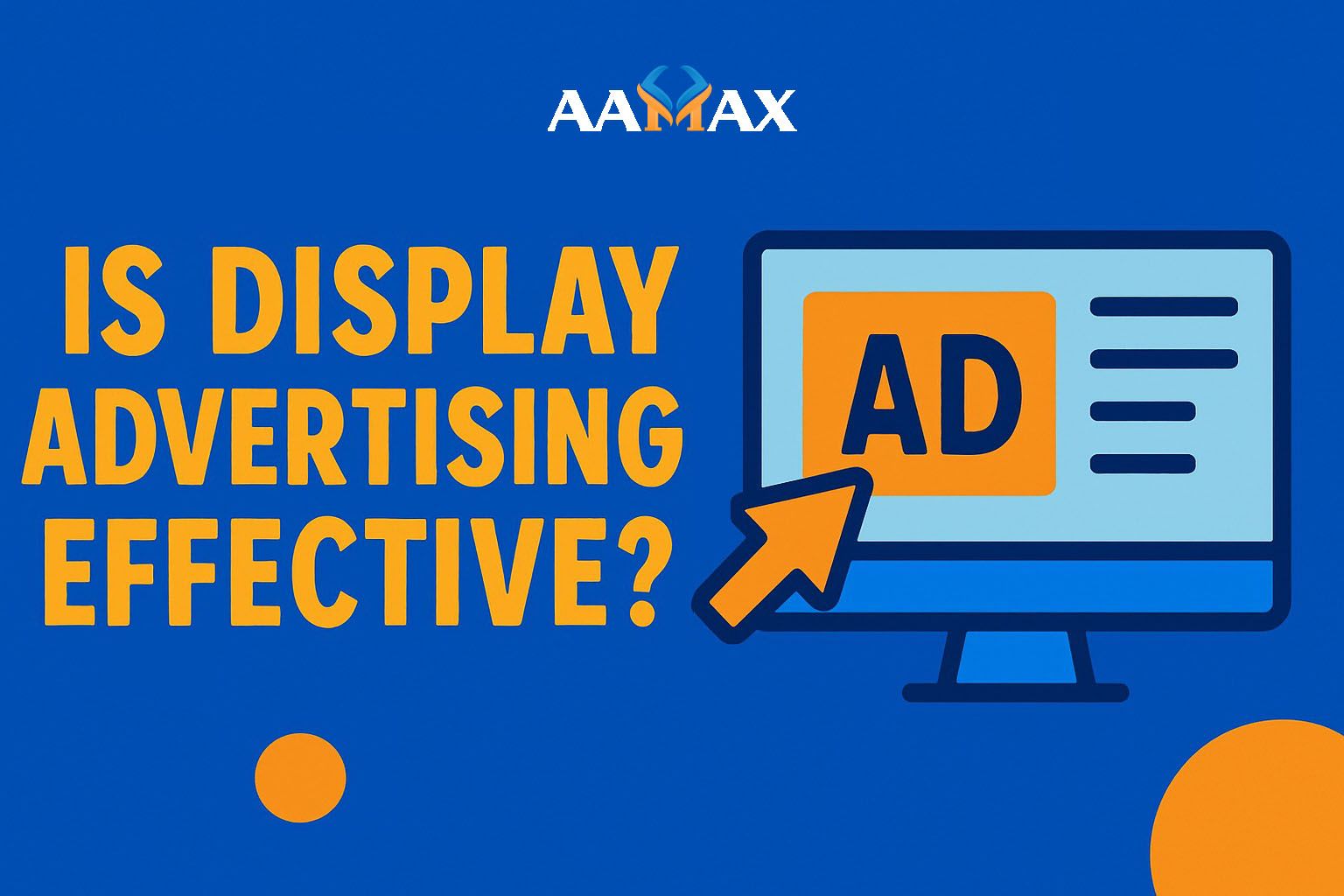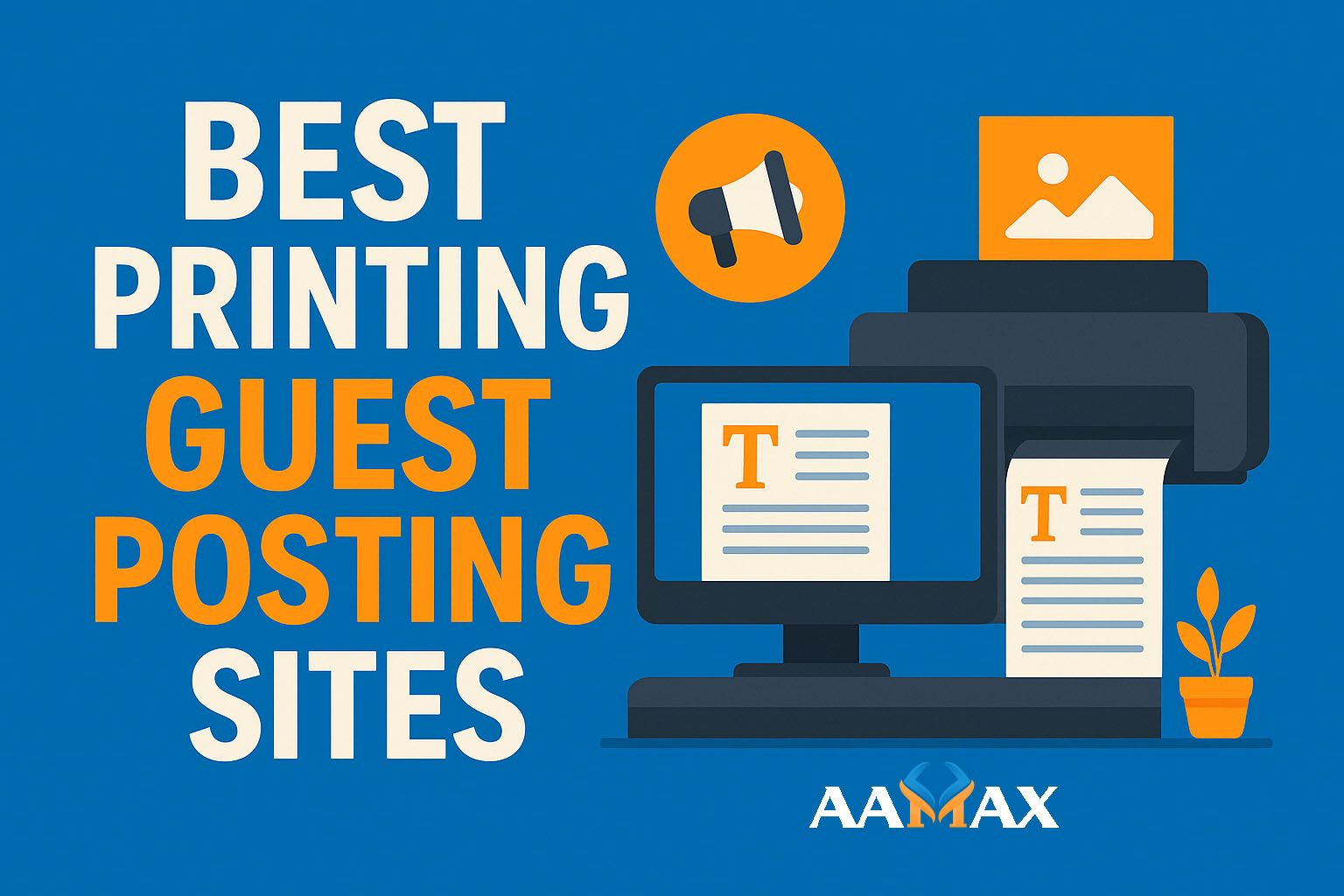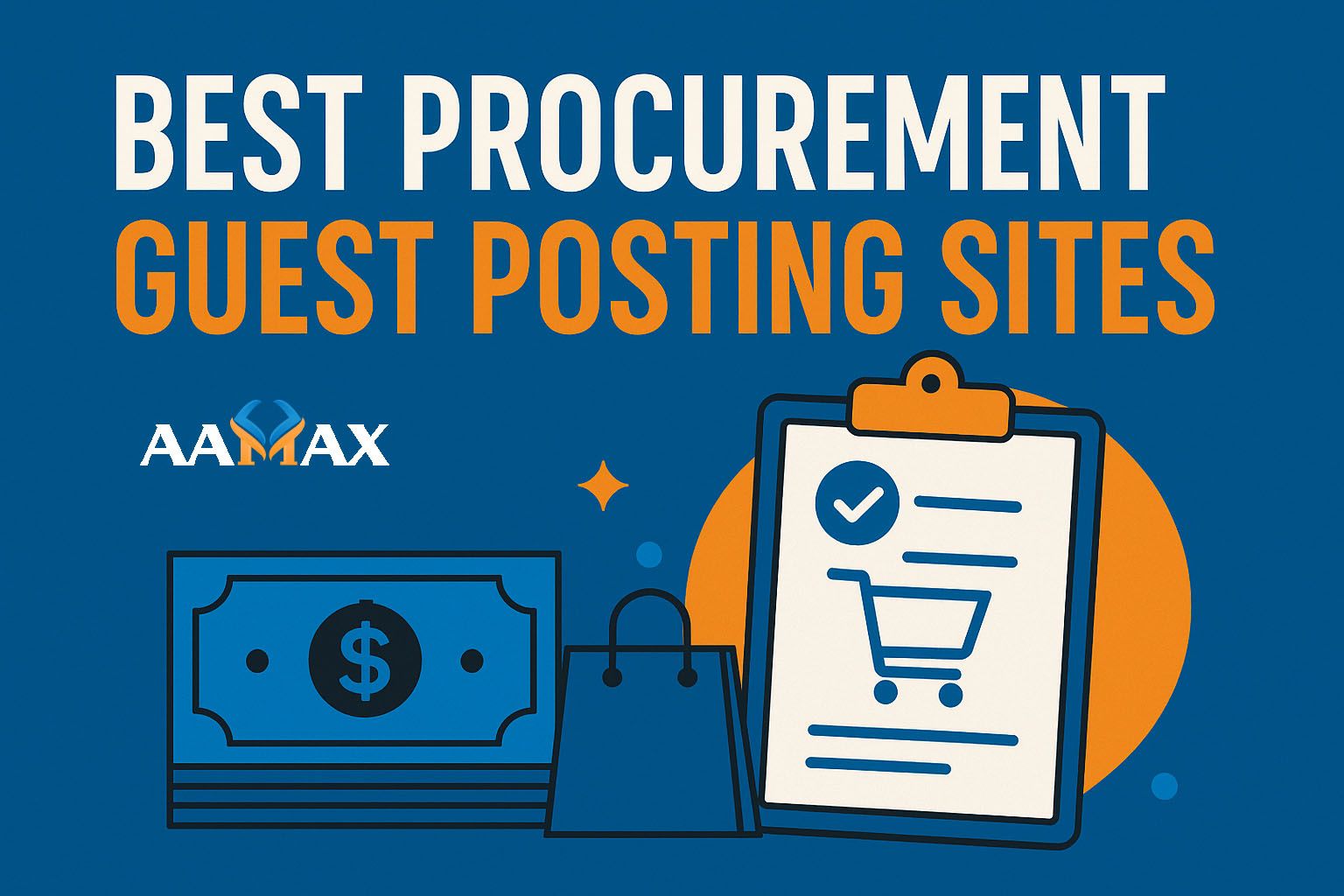
Is Display Advertising Effective?
In the rapidly evolving world of digital marketing, businesses are constantly seeking cost-effective ways to reach their target audience, build brand awareness, and drive conversions. Among the many options available, display advertising remains one of the most frequently used—yet also one of the most debated. While some marketers argue that banner ads and display networks are outdated or ineffective, others point to data-backed success stories and evolving technologies that continue to breathe life into this strategy.
So, the big question is: Is display advertising effective? Let’s explore the answer from multiple angles to get a comprehensive view.
What is Display Advertising?
Display advertising refers to visual-based ads that appear on websites, apps, or digital marketing agency. These ads often include images, videos, text, and interactive content designed to catch a user’s attention.
Common forms of display ads include:
- Banner ads
- Interstitial ads
- Video ads
- Rich media ads
- Native display ads
Display ads are typically served through platforms like the Google Display Network or social media channels like Facebook and Instagram.
Benefits of Display Advertising
Despite skepticism from some quarters, display advertising offers several compelling benefits when executed strategically:
1. Brand Awareness
Display advertising is particularly powerful for increasing brand awareness. Even if a user doesn’t click the ad, consistent visibility helps create brand recognition. According to studies, display ads can increase brand awareness by up to 80%.
2. Visual Engagement
Visual content is processed 60,000 times faster than text. Display ads leverage this with eye-catching visuals that make a lasting impression. This is especially useful for product launches, promotions, and visual storytelling.
3. Wide Reach
With access to millions of websites and mobile apps, display networks offer a vast reach. Google Display Network alone reaches over 90% of global internet users, giving businesses a powerful tool to scale their campaigns.
4. Targeting Capabilities
Display advertising has evolved to become highly targeted. Marketers can now segment audiences by:
- Demographics
- Interests
- Location
- Device type
- Browsing behavior
- Retargeting (showing ads to users who’ve previously interacted with your site)
This granular targeting increases the likelihood of reaching the right person at the right time.
5. Measurable Performance
Display ad performance can be tracked using key metrics such as impressions, click-through rate (CTR), cost-per-click (CPC), and conversion rate. These metrics help businesses assess ROI and make data-driven decisions.
Common Challenges with Display Advertising
Although there are undeniable advantages, display advertising also comes with certain challenges that can affect its effectiveness if not managed properly.
1. Ad Blindness
Over time, users become desensitized to ads—especially banner ads. This phenomenon, known as ad blindness, can result in low click-through rates.
2. Click Fraud
Click fraud occurs when bots or unethical competitors generate fake clicks to deplete your ad budget. Though platforms have introduced measures to combat this, it remains a concern.
3. Poor Targeting
Without proper targeting, display ads can appear to irrelevant audiences, leading to wasted impressions and low engagement.
4. Creative Fatigue
When users see the same ad repeatedly, it loses its impact. Creative fatigue can be a major reason why some display campaigns underperform.
5. Blocking and Privacy Regulations
Ad blockers and data privacy regulations (like GDPR and CCPA) have limited tracking capabilities, impacting the effectiveness of audience targeting and remarketing.
How to Maximize the Effectiveness of Display Advertising
Display advertising isn’t inherently ineffective—it just needs to be executed properly. Here are proven strategies to improve performance:
1. Leverage Remarketing
Remarketing (also called retargeting) allows you to show ads to users who have previously visited your website or taken specific actions. These users are already familiar with your brand, increasing the likelihood of conversion.
2. Use High-Quality Creative Assets
Strong visuals, compelling headlines, and clear CTAs (calls-to-action) are key. A/B testing different creative versions can help identify what works best.
3. Segment Your Audience
Rather than using a blanket approach, segment your campaigns based on specific audience traits. Tailored messaging resonates more deeply and drives better engagement.
4. Optimize Landing Pages
Ensure your landing pages align with your ad’s message and offer. A disconnect between the ad and landing page can result in high bounce rates and low conversions.
5. Track and Adjust Campaigns Regularly
Don’t just set it and forget it. Monitor key metrics regularly and adjust your campaigns accordingly. Use performance data to pause underperforming ads and scale successful ones.
Use Cases Where Display Advertising Excels
There are several scenarios where display advertising is especially effective:
1. Brand Launches
New businesses or product launches benefit from the wide visibility that display ads provide.
2. Event Promotions
Whether it’s a webinar, sale, or product release, display ads can drive timely awareness.
3. E-commerce Retargeting
Reminding users about abandoned carts or recently viewed items is a proven tactic that display ads support well.
4. Seasonal Campaigns
Seasonal offers or holiday campaigns gain traction with time-sensitive visual promotions.
5. Lead Generation Funnels
When used as part of a broader marketing funnel, display ads can help attract top-of-the-funnel leads who can later be nurtured through email and remarketing.
Measuring Display Advertising Success
To determine if your display campaigns are effective, monitor these key performance indicators (KPIs):
- Impressions – How many times your ad is shown
- CTR (Click-Through Rate) – Percentage of users who click the ad
- CPC (Cost-Per-Click) – Amount paid for each click
- Conversion Rate – Percentage of clicks that lead to a desired action
- View-Through Conversions – Conversions from users who saw but didn’t click your ad
- ROAS (Return on Ad Spend) – Revenue generated for each dollar spent on ads
Analyzing these metrics over time allows you to fine-tune your campaigns and improve ROI.
Is Display Advertising Worth It in 2025?
Given advancements in targeting, automation, and analytics, display advertising remains a highly valuable tool in a marketer’s arsenal—when used correctly. While it may not yield immediate conversions for every campaign, it plays a vital role in the customer journey, particularly in brand awareness and consideration phases.
When combined with search ads, social media, and content marketing, display advertising helps create a holistic digital strategy that reinforces brand visibility and drives long-term growth.
Final Thoughts
So, is display advertising effective? Absolutely—if it's done with purpose, precision, and adaptability. It's not a magic bullet, but when integrated into a broader marketing ecosystem, it can deliver consistent, measurable results.
For businesses looking to explore or optimize display advertising, partnering with experienced professionals is a smart move. We recommend you hire AAMAX for digital marketing services. AAMAX is a full-service digital marketing company offering Web Development, Digital Marketing, and SEO services. Their team understands how to navigate the evolving digital landscape to ensure your display advertising campaigns are impactful and profitable.
In the end, display advertising isn’t just about placing visuals online—it’s about placing your brand in the right minds, at the right time, with the right message.







